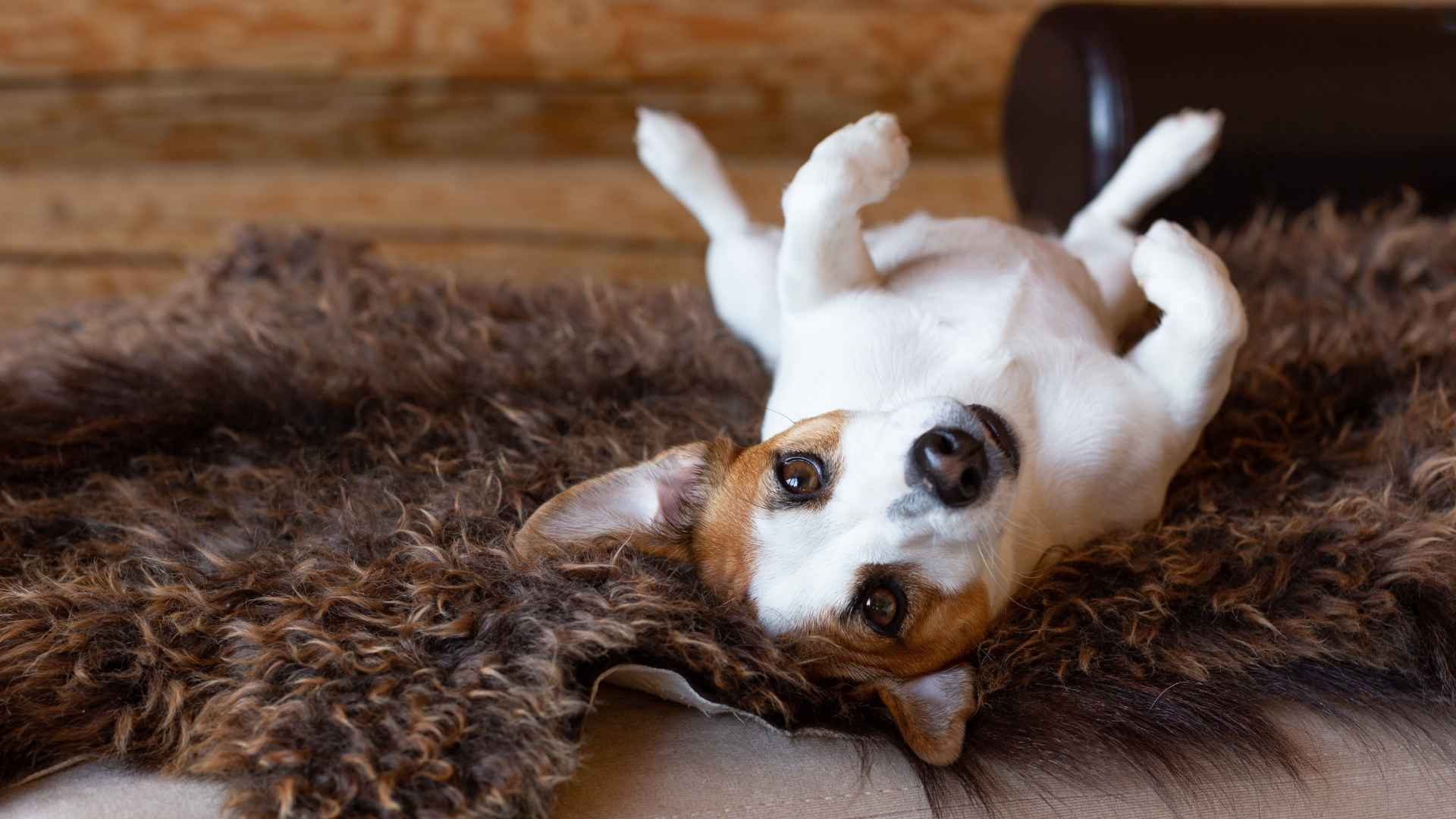Ever caught your pup flipping onto the carpet with all four paws kicking in the air, body moving, and tail wagging like crazy? That’s not just silly fun; it’s a mix of smell, comfort, treats, excitement, and instinct.
When dogs roll on thick ground surfaces like carpets, it can be to scratch an itch, leave their scent, or invite play. This playful behavior is common in energetic dogs and reflects their emotional state.
Let’s start and meet 9 dog breeds that love to roll on carpet when excited, learn why they do it, and how you can join in the fun safely with a treat.
Dog Breeds that Roll on Carpets when Excited
Watching your dog, in a whirlwind of paws and a sudden, enthusiastic roll on the ground, is a heartwarming sight. This random silliness is a powerful expression of joy and excitement! Discover the top 9 dog breeds known for this cute behavior and explore the path of reasons behind it.
1. Labrador Retriever
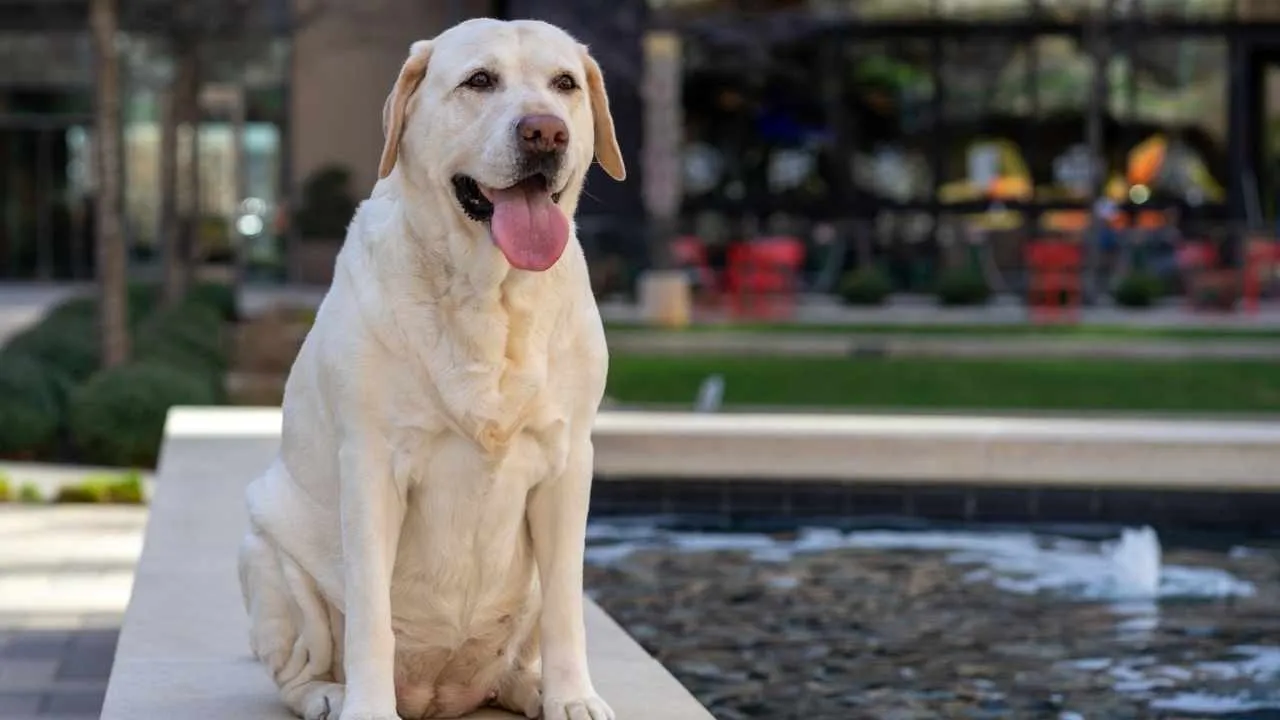
WebMD states that Labradors are always ready to play and have high energy levels. Labradors often roll on carpets when they’re excited. This playful behavior helps them interact with their environment. Their body language is an open invitation to belly rubs or more play.
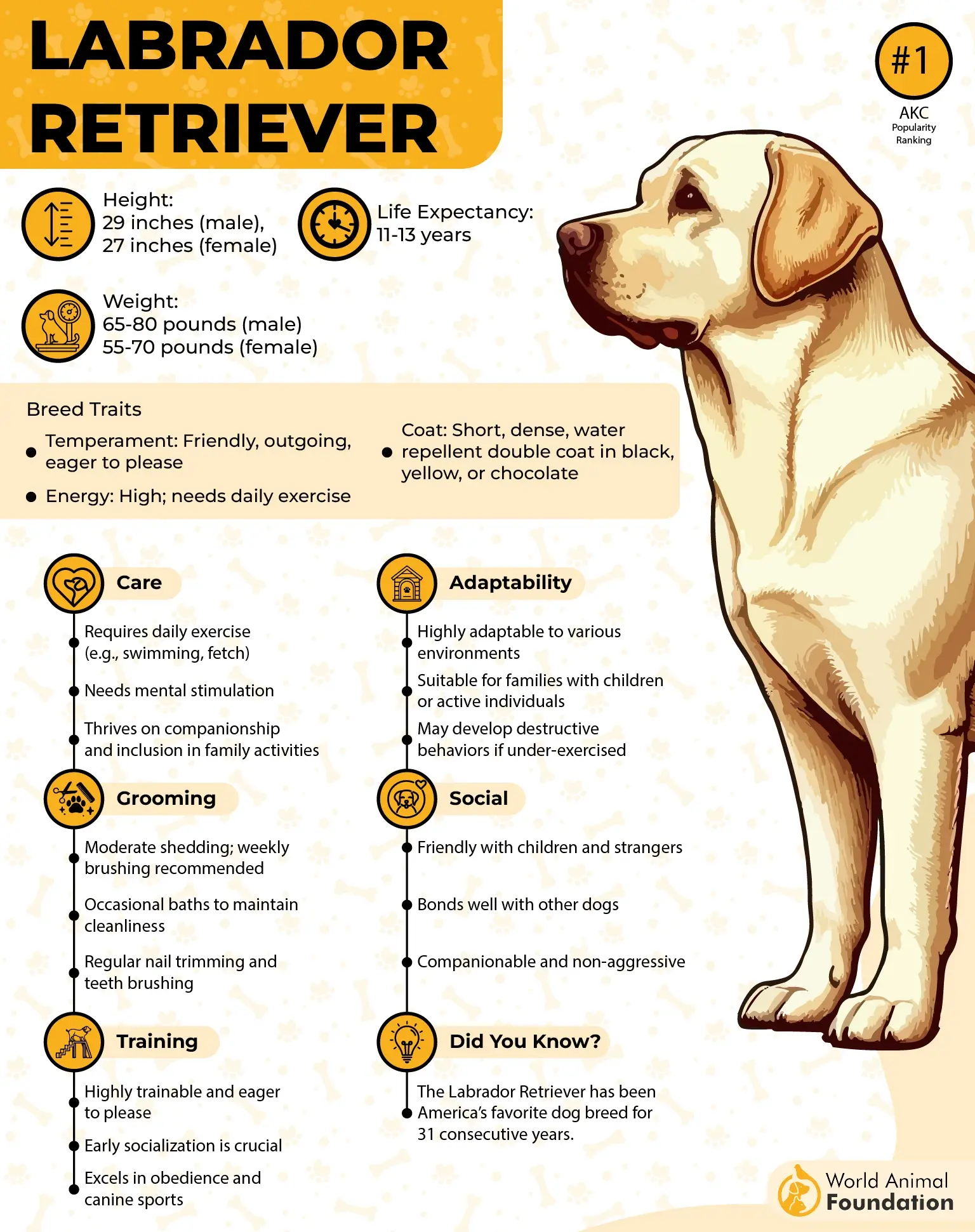
Labradors also love rolling when they pick up a new smell, like a treat dropped earlier or a fresh scent from outside. That joyful flop often turns into a playful stretch, showing just how excited they really are.
Tips to teach roll
You can reward them with their favorite toy, and no need to teach them anything; rolling on the red carpet is easy for your dog to learn.
2. Golden Retriever

Golden Retrievers are known for their puppy dog eyes and joyful spirit. When excited, their body language often includes rolling across plush carpet, sometimes chasing after the scent of treats or a scratchy texture. They might grab your attention, cue you to play, or just indulge in a moment of pure fun.

These gentle souls may also roll when they hear happy voices or see family members gathering. That flop often follows a tail wagging greeting or playful bounce; they are sharing their happiness in a floppy, silly style.
Tips to teach roll
They are incredibly affectionate and thrive on human interaction. Rolling out the red carpet works the dog’s body and brain for physical and mental exercise.
A roll on the carpet often follows a game of fetch, a belly rub, or just some quality time with their favorite people. It’s a way of expressing their gratitude and sharing in the joy of the moment.
3. Boxer
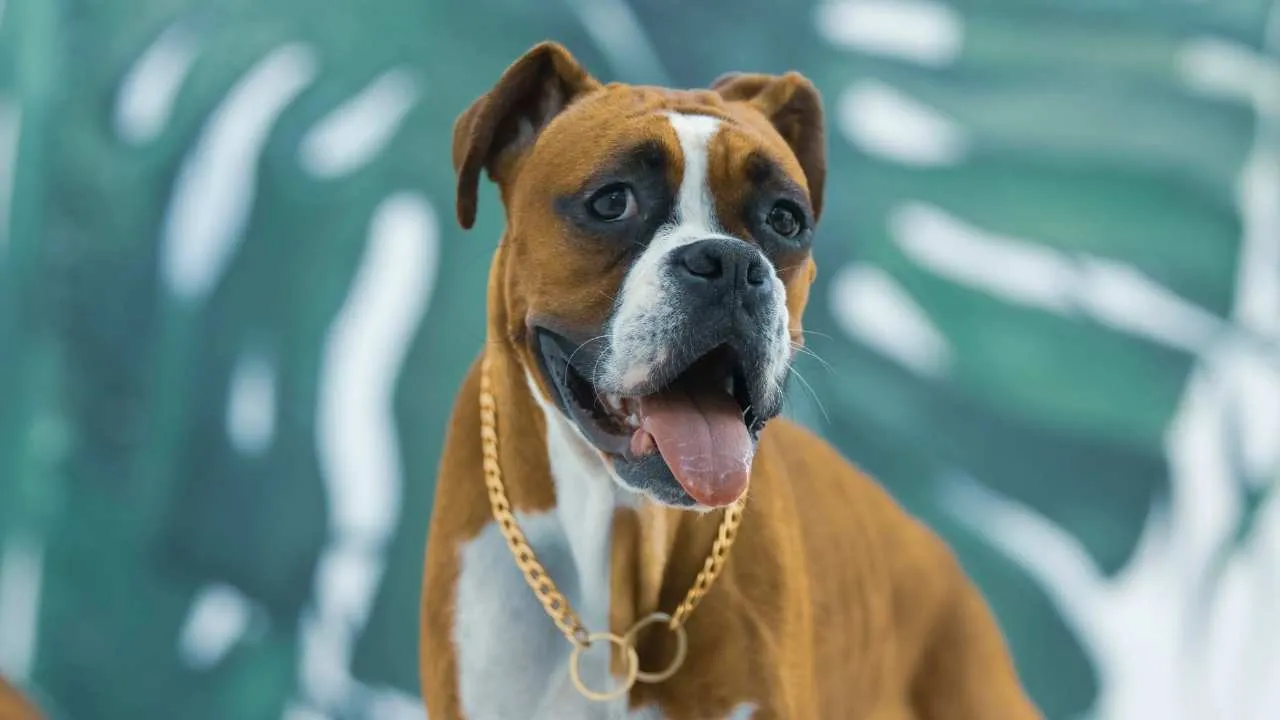
A roll on the carpet is a classic Boxer move, often accompanied by happy grunts and tail wags. Boxers are full of energy and quickly love to roll after a play session or when greeting their humans. Their joyful flips and wiggles are a fun way to interact.
Boxers may roll mid-way as a playful reset, kneading the soft carpet before getting up for the next lap. It’s almost likely they are scoring their own fun moment before bouncing off again.
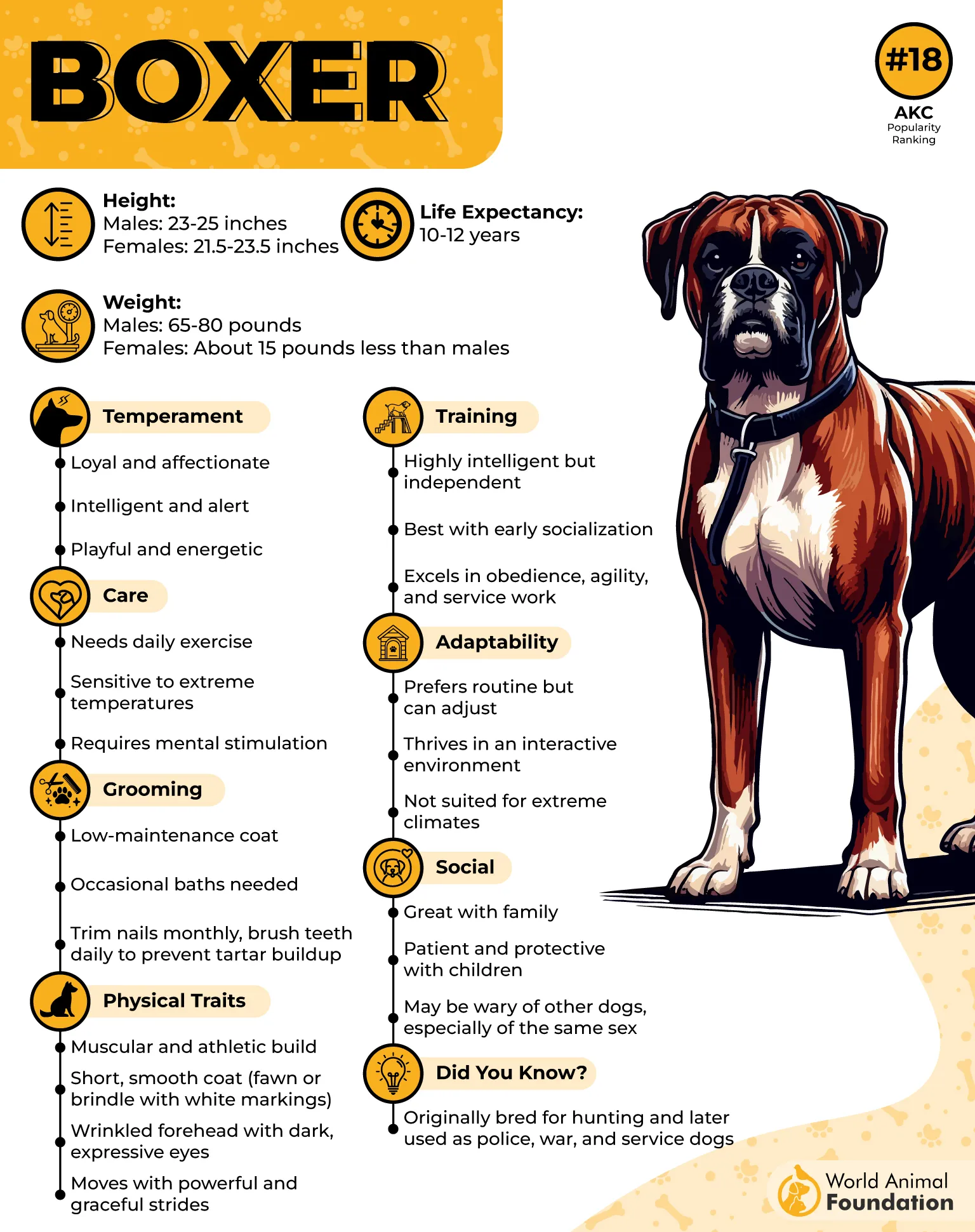
Tips to teach roll
Boxers are always ready for a game, and rolling out the red carpet is a great party trick to show off to friends and family and teach a puppy confidence.
Offer the cue when they start moving, guide the roll with a hand, and reward with a treat. This trick builds good mental agility and gentle physical activity in a comfortable environment.
4. Australian Shepherd
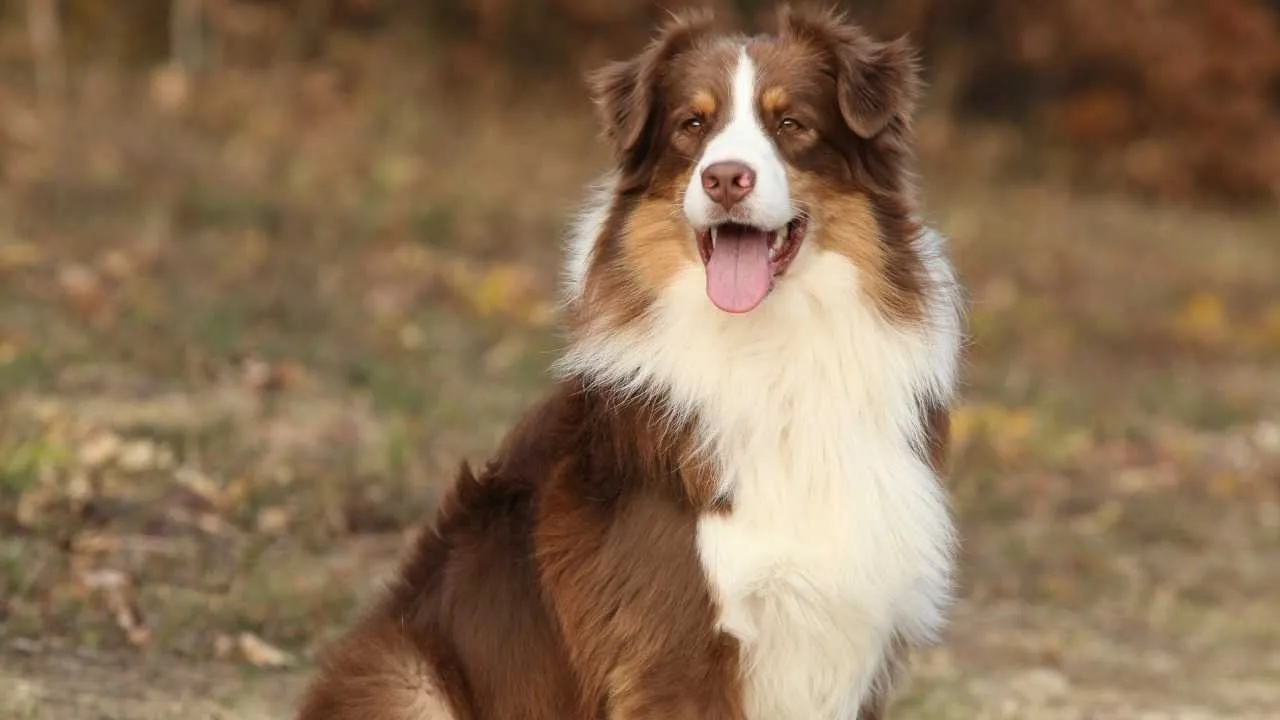
Australian Shepherds are intelligent, energetic, and highly trainable herding dogs. They love to be active and thrive on having a job to do, even if that job is chasing a ball, picking a toy, or playing tug-of-war.

A roll on the carpet often happens during a time of a burst of playful energy, a way of releasing pent-up excitement. You might also see them rolling after solving a puzzle toy or nailing a trick, they mark the victory by doing a full-body wiggle on the rug, celebrating the win their way.
Tips to teach roll
When excited or curious, they often quickly circle a spot, paw lightly, then roll in delight. It’s their playful way of exploring their environment and inviting you to join in with a great example of playfulness. Their alert eyes and rhythm of paws signal full-body engagement and pure joy.
5. English Springer Spaniel
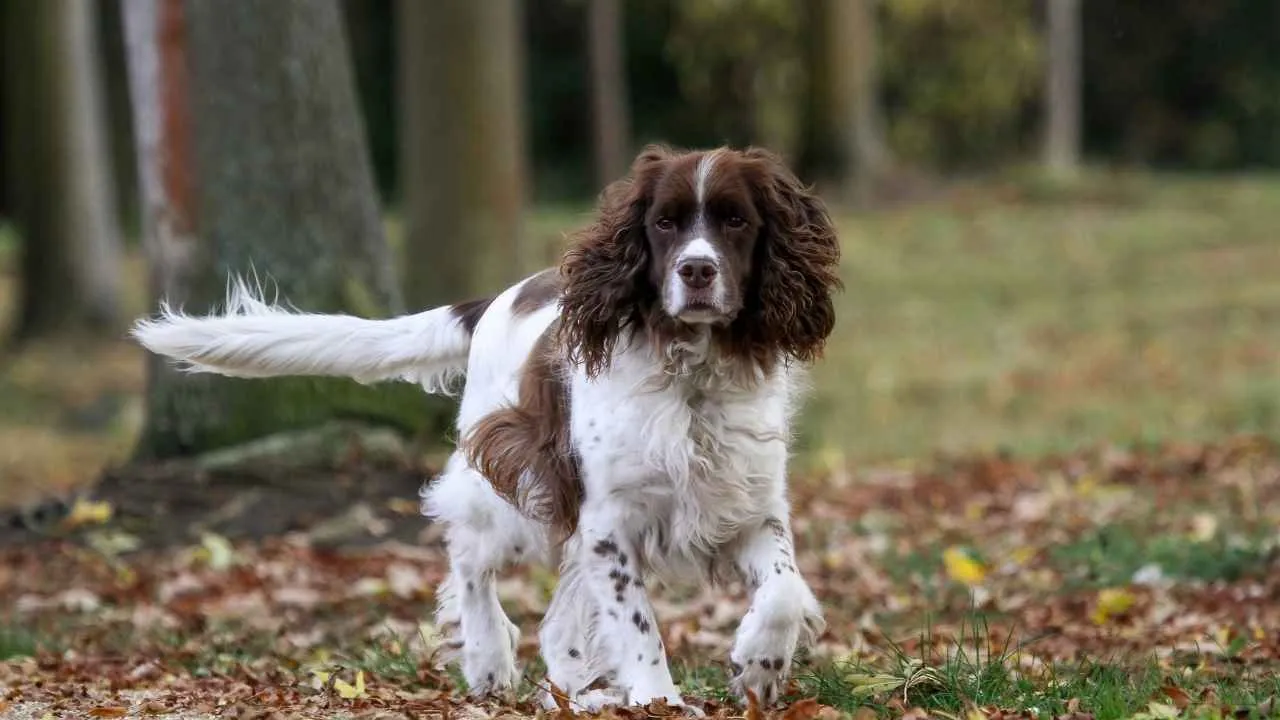
These spaniels often follow their nose, sniffing out crumbs on the carpet, then flop over in delight. It’s a treat to watch them roll on the ground. They are known for their gentle temperament and love of playing.
A roll on the carpet is an open example of contentment and happiness, often seen after a good cuddle or a playful session in the garden.
Sometimes a roll will come after an enthusiastic tail wag when they detect something yummy in the air, like dinner cooking. It’s their way of signaling “yes, I smell that!” before settling down again.
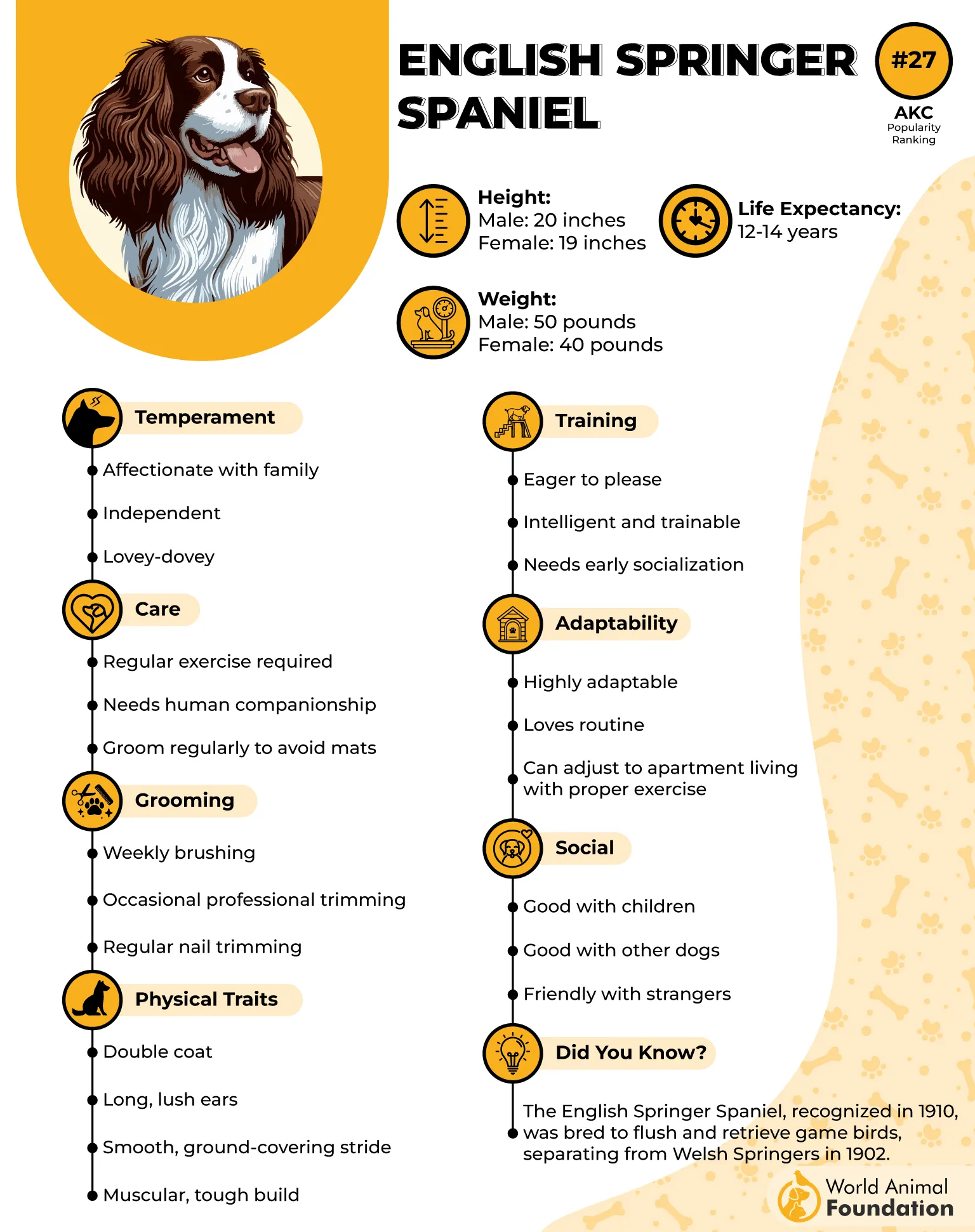
Tips to teach roll
Introduce the cue right as the roll begins, reward with a treat, and repeat in fun sessions. This trick is beneficial for dogs of all ages and abilities, great for physical activation and mental focus. Older dogs appreciate the low-impact motion, while puppies gain confidence.
Over time, ease off on treats and rely on verbal cues and praise. This trick becomes a show-stopper, reflecting their joyful, interactive nature. Older dogs benefit from the trick because it’s easy on their joints.
6. Jack Russell Terrier
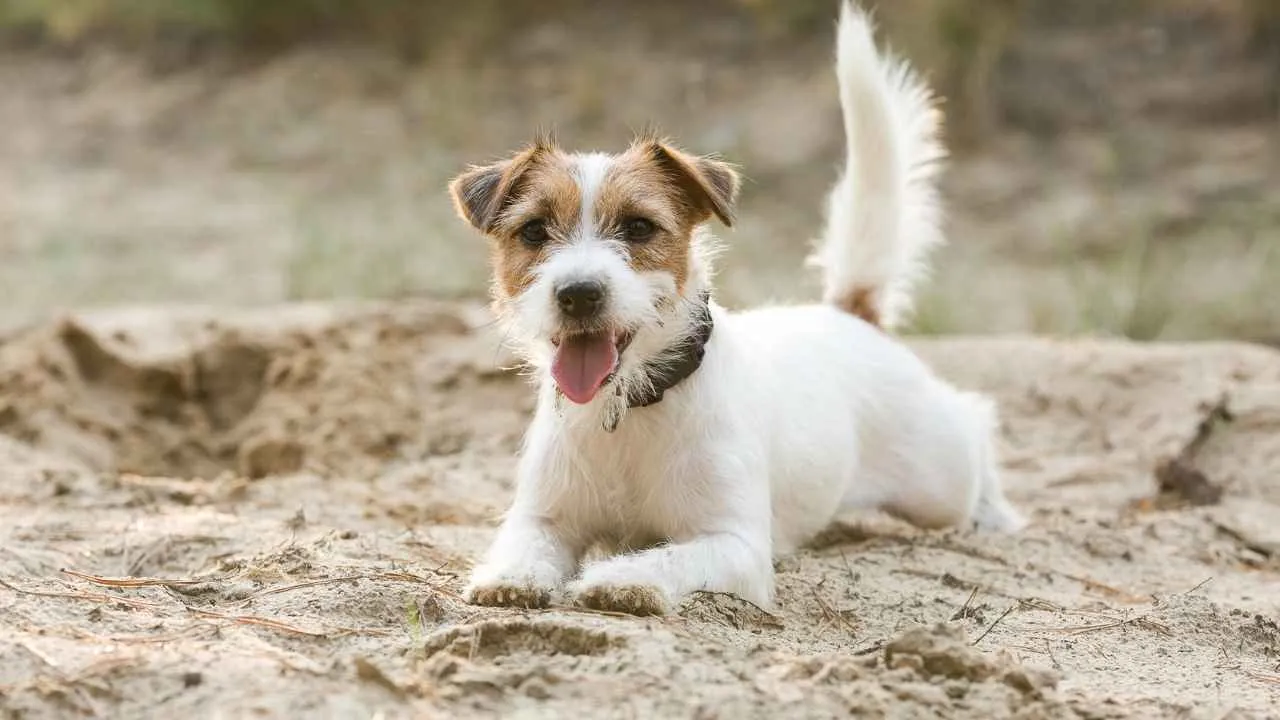
Jack Russells will ratchet up excitement fast, rolls on carpet often follow zoomies or chase sessions. These pups chase smells and sensations before collapsing into a full-bodied roll. Their bodies twist, paws flail, and noses sniff, signaling pure joy. Then they jump up, ready for more play.
They may also roll after finding a hidden treat or favorite toy; they sniff, twist, and tumble in a flash. It’s a joy-filled release that says, “I found it!” in the most playful way.
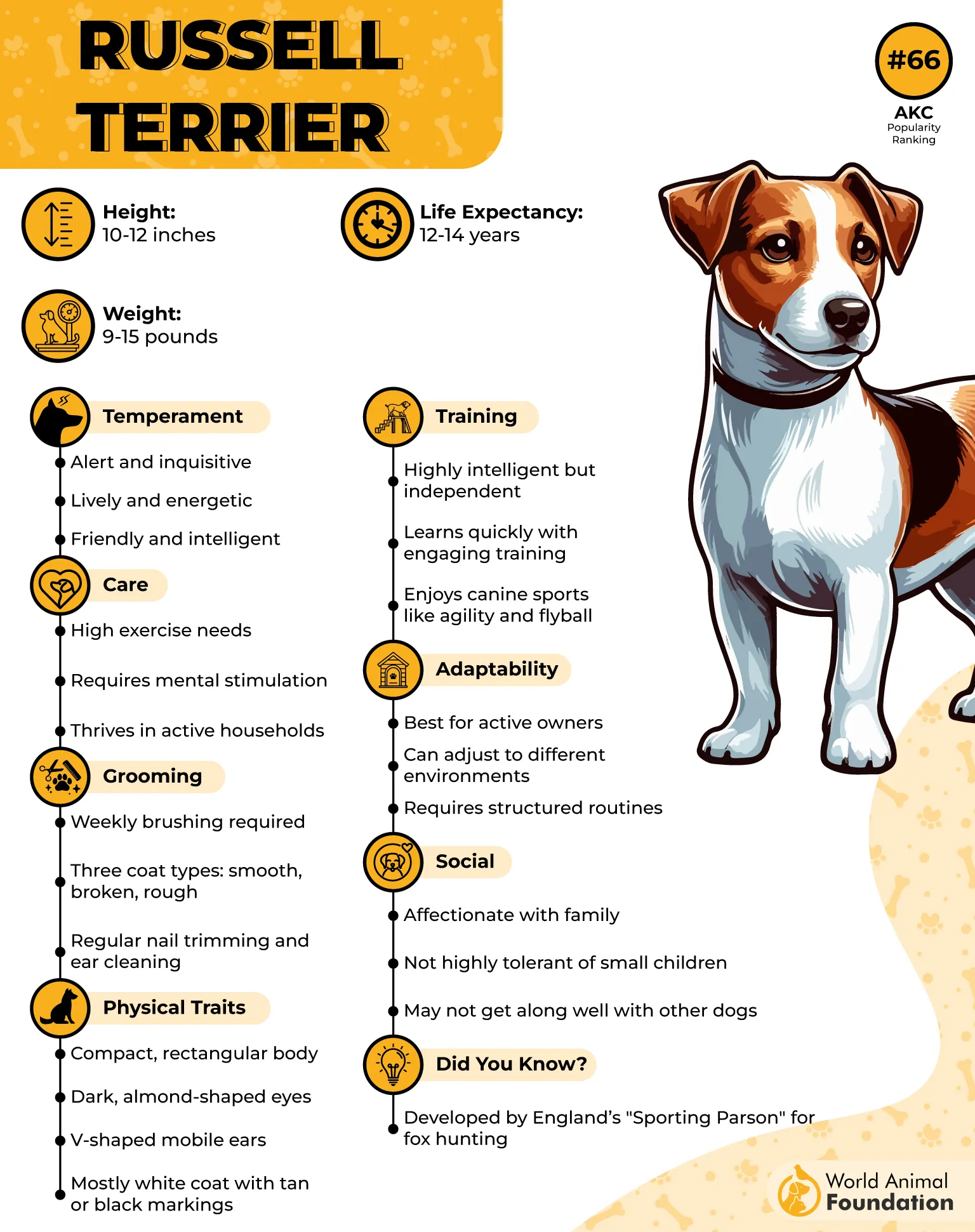
Tips to teach roll
These small but powerful pups roll mid-zoom, often after a burst of play or sniffing a stray crumb, full-body engagement at its finest. That behavior is perfect for teaching “roll out the red carpet.”
Begin by guiding their roll with your hand and using your spoken cue, then reward. This trick gives mental challenge and light physical activity, strengthening confidence
7. Border Collie
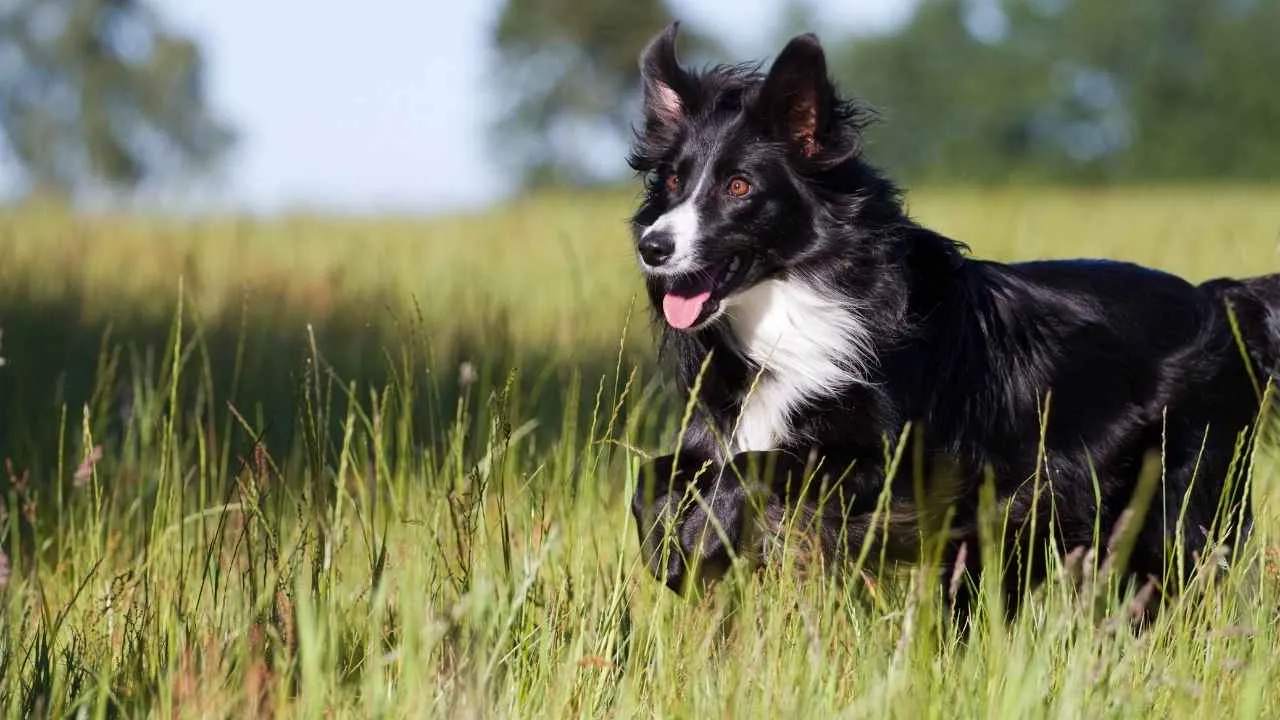
Border Collies are dogs renowned for their intelligence and boundless energy. AKC says they are highly active dogs who need plenty of exercise and mental stimulation. A roll on the carpet is often part of their energetic play, so it can start as a way to release energy and express their excitement.
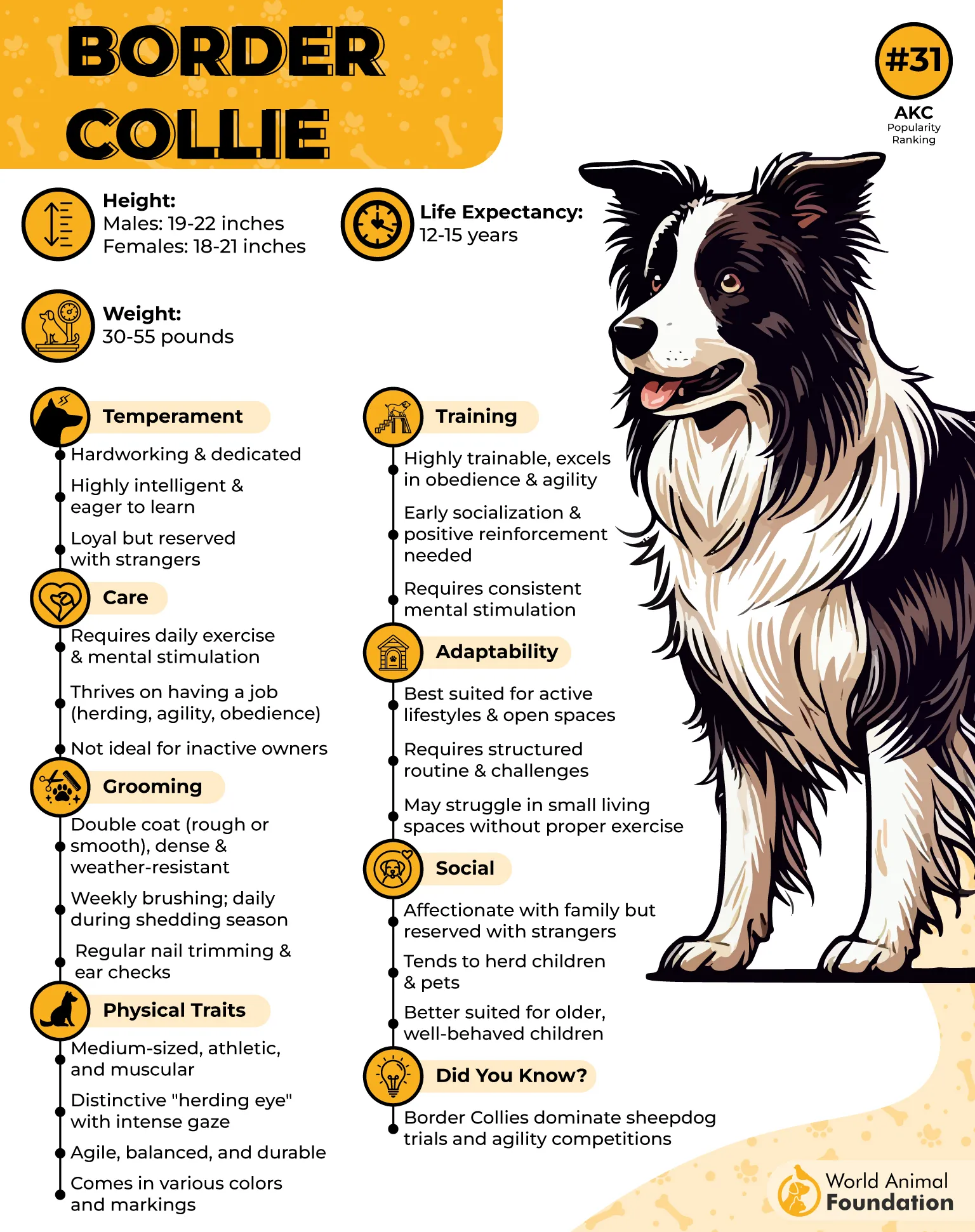
Sometimes you’ll catch a border collie rolling not just from excitement, but after finishing a training session or trick, they add a flop as a signature flourish, like signing their name in joy.
Tips to teach roll
Known for their intelligence and sensitivity, Border Collies may roll on carpet depending on the purpose, often marking a spot or responding to a cue to roll.
They might sniff first, circle, and then flop dramatically. This behavior blends exploration with structure: for dogs, rolling might become a trained cue or a learned way to grab your attention.
8. Beagles
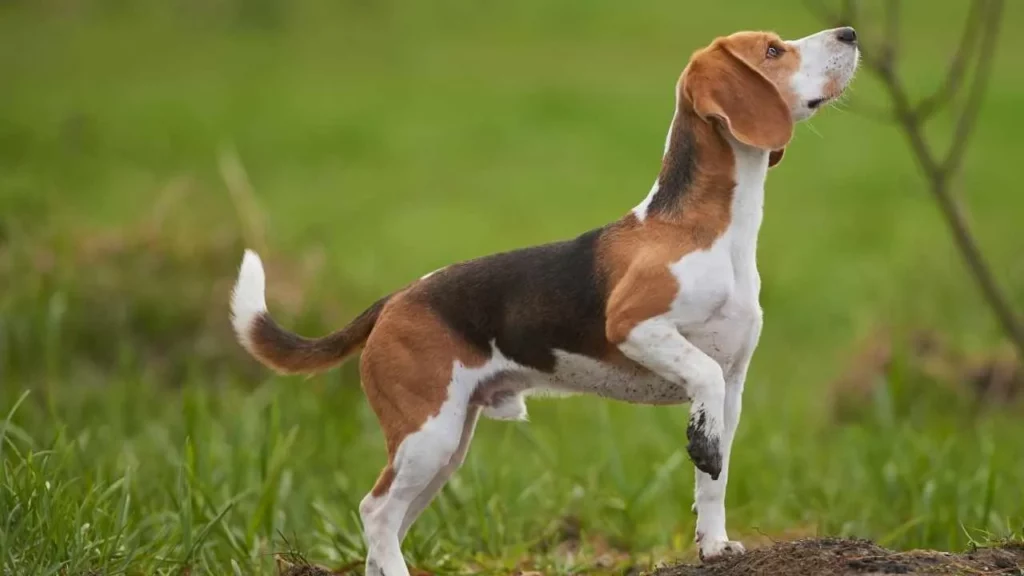
Beagles have noses made for sniffing, and carpet is no exception. When they catch a scent on the carpet, whether a dropped treat or lingering aroma, they may roll, dig, or flop onto their back. It’s a hearty way to follow their nose and express joy or curiosity.
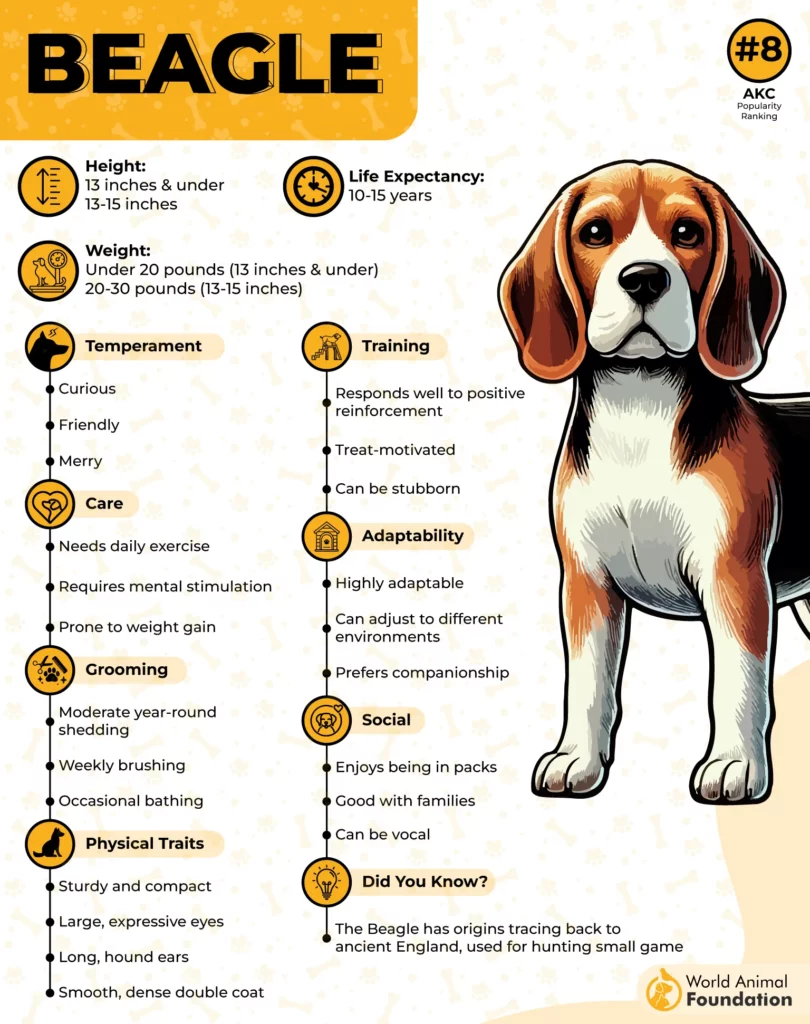
Sometimes, Beagles roll just to enjoy the cozy texture or mark a scent trail. They might press their nose into the rug, give a sniff-snort, then flip over with a happy wiggle. It’s part detective work, part goofy celebration, and always a joy to watch.
Tips to teach roll
Use a treat with a strong smell to lure your dog into a roll; they will follow their nose every time.
9. Shetland Sheepdog

Shetland Sheepdogs often show excitement with a carpet roll, especially after learning or reward time. Their lithe bodies seem to roll perfectly on soft carpet as a tactile response. These dogs may start with a quick paw motion, nose sniff, and then roll, inviting interaction or praise.
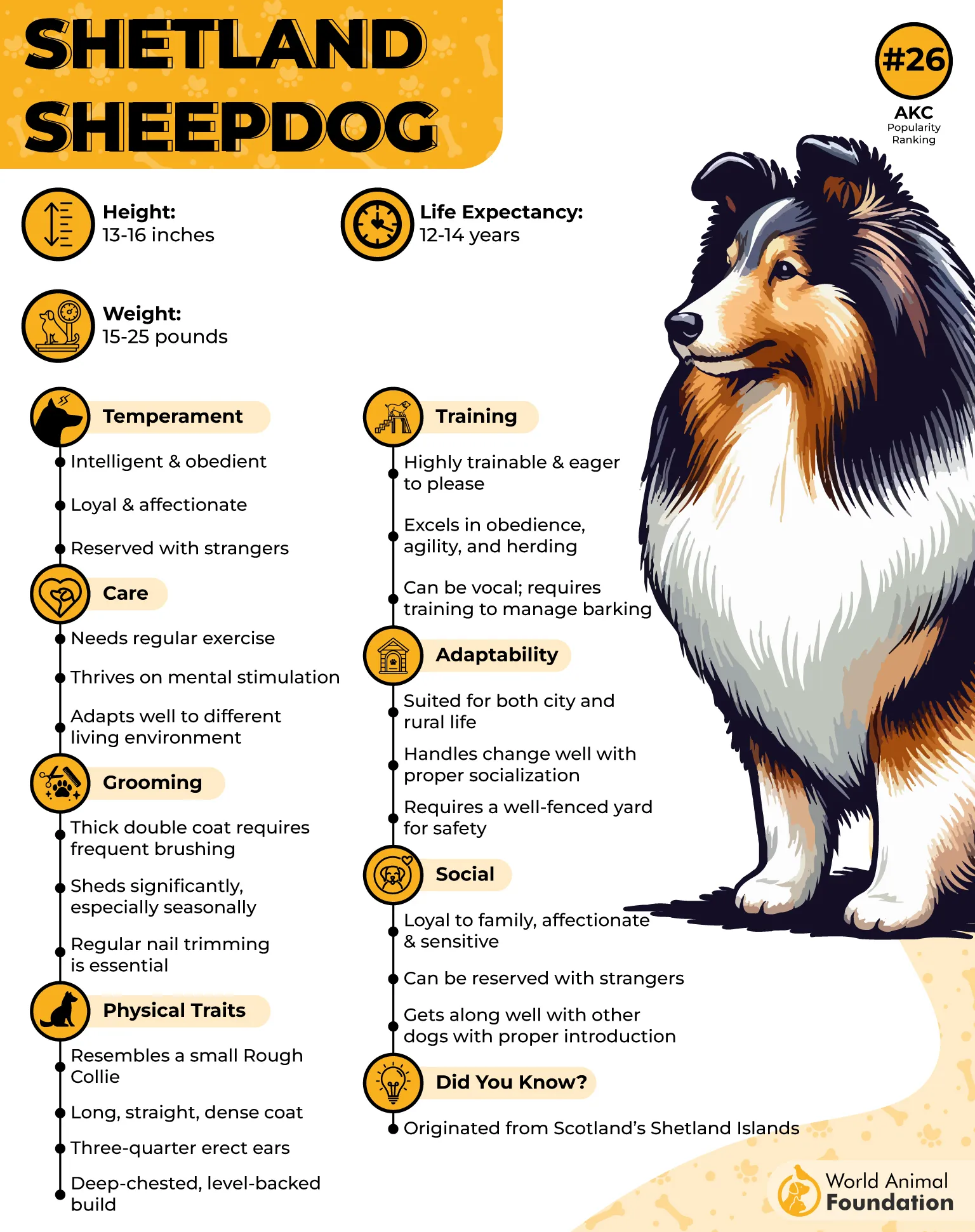
These clever pups may roll when they’re proud of something, like solving a toy or picking up on a new command. Their gentle flips feel like a “look what I did!” moment. It’s their soft and sweet way of expressing joy while staying close to their humans.
Tips to teach roll
Gently guide Shetland with your hand and say a fun cue like roll it, they love following your lead.
Conclusion
Watching your dog roll on a carpet, whether from excitement, scent, or comfort, reveals lots about how dogs interact with their environment, with humans, and even with their puppy dog eyes. It’s a fun, natural behavior that dogs use to express joy, leave a believable scent mark, nose sniff, or simply scratch hard-to-reach places.
Rolling can be introduced as a positive cue, reinforcing play and giving a treat while respecting the dog’s instincts. So next time your pup flops onto the carpet mid-wiggle and seems comfortable, join in the fun, or give them a treat for their very adorable performance!


